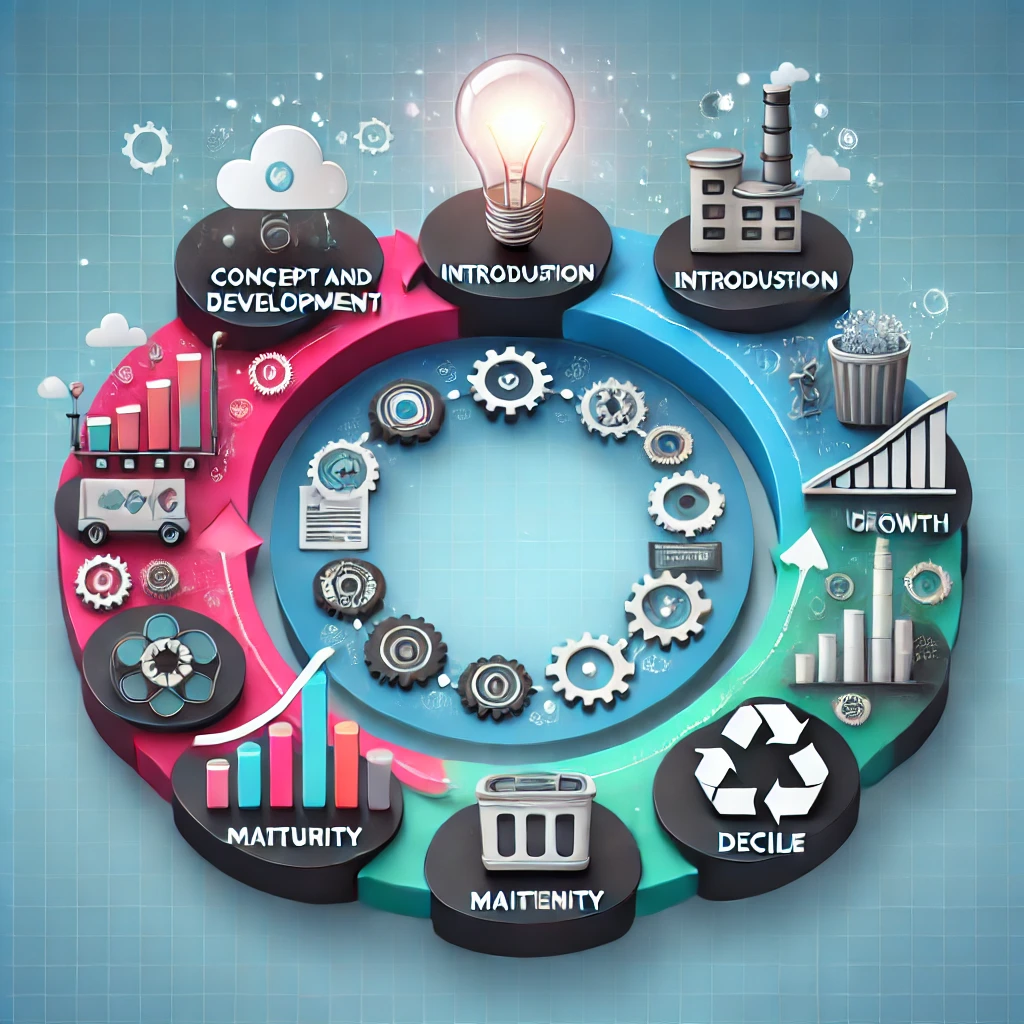In today’s fast-paced business environment, companies face constant pressure to innovate and bring new products to market quickly. However, launching a fully-developed product without validating its market potential can be risky and costly. This is where the concept of Minimum Viable Product (MVP) comes into play. MVP is a crucial strategy that helps businesses test ideas, gather feedback, and refine products efficiently. In this article, we will explore what MVP is, its benefits, and how businesses can successfully implement it to drive product success.
What is a Minimum Viable Product (MVP)?
A Minimum Viable Product (MVP) is the most basic version of a product that can be released to test a concept and gather user feedback. It contains only the core features necessary to address a specific problem or fulfill a primary need of the target audience. The MVP is not a final product but rather a prototype that provides insights into customer preferences and market demand.
The goal of an MVP is to minimize development costs and risks by introducing a product that solves a problem with the least amount of effort. It allows businesses to validate assumptions, learn from user behavior, and iterate rapidly based on feedback.
Benefits of Developing an MVP
- Reduced Development Costs Building a full-scale product can be expensive, especially if the concept has not been tested. MVP development focuses on essential features, which significantly reduces upfront costs. This approach ensures that businesses invest only in necessary components until the product’s viability is confirmed.
- Faster Time to Market Time is a critical factor in gaining a competitive edge. By developing an MVP, businesses can launch their product faster, allowing them to establish an early market presence. This agility can be crucial in industries driven by innovation and rapidly changing consumer demands.
- User-Centered Development MVPs facilitate direct interaction with users, providing valuable insights into their needs and preferences. By gathering feedback early, companies can tailor future product development to align closely with customer expectations, enhancing overall satisfaction and engagement.
- Risk Mitigation Product development is inherently risky, but an MVP minimizes this risk by validating ideas before significant resources are allocated. By identifying potential issues or lack of demand early, businesses can pivot or abandon unviable projects, avoiding costly failures.
- Attracting Investors An MVP demonstrates a tangible product concept, showcasing its market potential to investors. This increases the likelihood of securing funding, as investors are more likely to support projects that have been tested and validated.
Steps to Building a Successful MVP
- Identify the Problem The first step in developing an MVP is to clearly define the problem the product aims to solve. This requires thorough market research and understanding of the target audience’s pain points. The more accurately the problem is identified, the better the chances of developing a solution that resonates with users.
- Define Core Features Focus on the essential features that address the primary problem. Avoid adding unnecessary functionalities that can complicate the development process and divert resources. The goal is to develop a simple, functional product that delivers immediate value.
- Develop a Prototype Create a basic version of the product that incorporates the core features. This prototype should be functional enough to demonstrate the product’s value proposition but minimal enough to keep development costs low.
- Test and Gather Feedback Release the MVP to a select group of users and gather feedback. Monitor user behavior, identify areas for improvement, and understand which features are most valuable. This iterative process is essential for refining the product.
- Iterate and Improve Based on the feedback collected, continuously iterate and enhance the product. Add new features gradually, ensuring they align with user needs and market demand. This step-by-step approach reduces the risk of overdevelopment and ensures efficient resource allocation.
Real-World Examples of MVP Success
- Dropbox Before developing its full product, Dropbox created a simple explainer video showcasing its functionality. This MVP helped validate the demand for cloud storage solutions and generated significant interest, enabling the company to secure funding and develop the complete product.
- Airbnb Airbnb started by renting out an apartment to test the concept of short-term lodging. This MVP validated the market need for affordable, unique accommodations, laying the foundation for the platform’s global success.
- Spotify Spotify initially launched with a basic streaming service focusing on music. By refining the product based on user feedback, Spotify gradually expanded its features and became a leading platform in the music streaming industry.
Challenges in MVP Development
- Balancing Simplicity and Functionality One of the key challenges is striking the right balance between simplicity and functionality. If the MVP lacks essential features, it may fail to attract users. Conversely, overloading the MVP with features can lead to delays and increased costs.
- Interpreting User Feedback Collecting feedback is essential, but interpreting it correctly can be challenging. Businesses must differentiate between constructive feedback and outliers to make informed decisions.
- Scaling Issues As the product evolves, scalability becomes a concern. Businesses need to plan for growth from the outset, ensuring the MVP’s architecture can support future expansions.
Conclusion
Developing a Minimum Viable Product (MVP) is an effective strategy for reducing risk, minimizing costs, and accelerating product development. By focusing on core features, gathering user feedback, and iterating continuously, businesses can create products that resonate with their target audience and achieve long-term success. MVPs not only streamline the development process but also foster innovation and market alignment, making them an invaluable tool for modern businesses.







